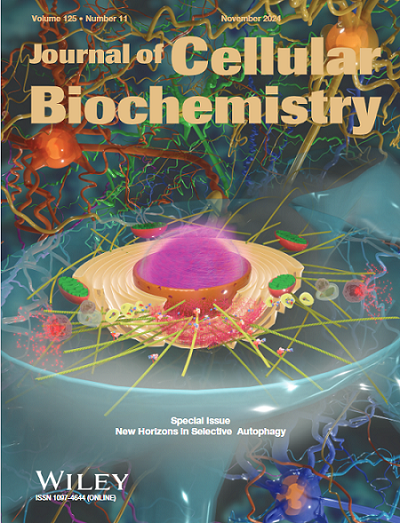Mcl-1 is a Gatekeeper Molecule to Regulate the Crosstalk Between Ferroptotic Agent-Induced ER Stress and TRAIL-Induced Apoptosis
Abstract
We previously reported that ferroptosis interplays with apoptosis through the integration of two independent pathways: the endoplasmic reticulum (ER) stress signaling pathway and the mitochondria-dependent apoptotic signaling pathway. In this study, we investigated a potential gatekeeper molecule, Mcl-1, between the two signal transduction pathways. Morphology studies and cell death analyses confirmed that a combination treatment of ferroptotic agent erastin (ERA) and apoptotic agent TRAIL (tumor necrosis factor-related apoptosis-inducing ligand) synergistically enhances TRAIL-induced apoptosis in human pancreatic adenocarcinoma BxPC3 and human colorectal carcinoma HCT116 cells. We further observed that ERA upregulated the proapoptotic proteins PUMA (p53 upregulated modulator of apoptosis) and NOXA, as well as the anti-apoptotic protein Mcl-1 (myeloid cell leukemia sequence 1). These results suggest that ERA upregulates these molecules which results in maintenance of the balance between them. Interestingly, this balance was offset when BxPC3 cells and HCT116 cells were treated with ERA in combination with TRAIL. Our studies suggest that the imbalance between PUMA and NOXA and Mcl-1 during the combined treatment is responsible for ERA-enhanced TRAIL-induced apoptosis. This hypothesis was tested by employing a HCT116 Mcl-1 knock-in of phosphorylation site mutant (S121A/E125A/S159A/T163A) and investigated the synergistic interaction between the ERA and TRAIL. Along with morphology and cell death studies, immunoblotting analyses revealed that HCT116 Mcl-1 knock-in mutant cells effectively inhibited reduction of Mcl-1 and apoptosis promoted by the combination treatment. Moreover, ERA enhanced Mcl-1 inhibitor-induced apoptosis. Collectively, our studies suggest that Mcl-1 is a gatekeeper molecule between the ER stress pathway and the mitochondria-dependent apoptotic pathway.

 求助内容:
求助内容: 应助结果提醒方式:
应助结果提醒方式:


